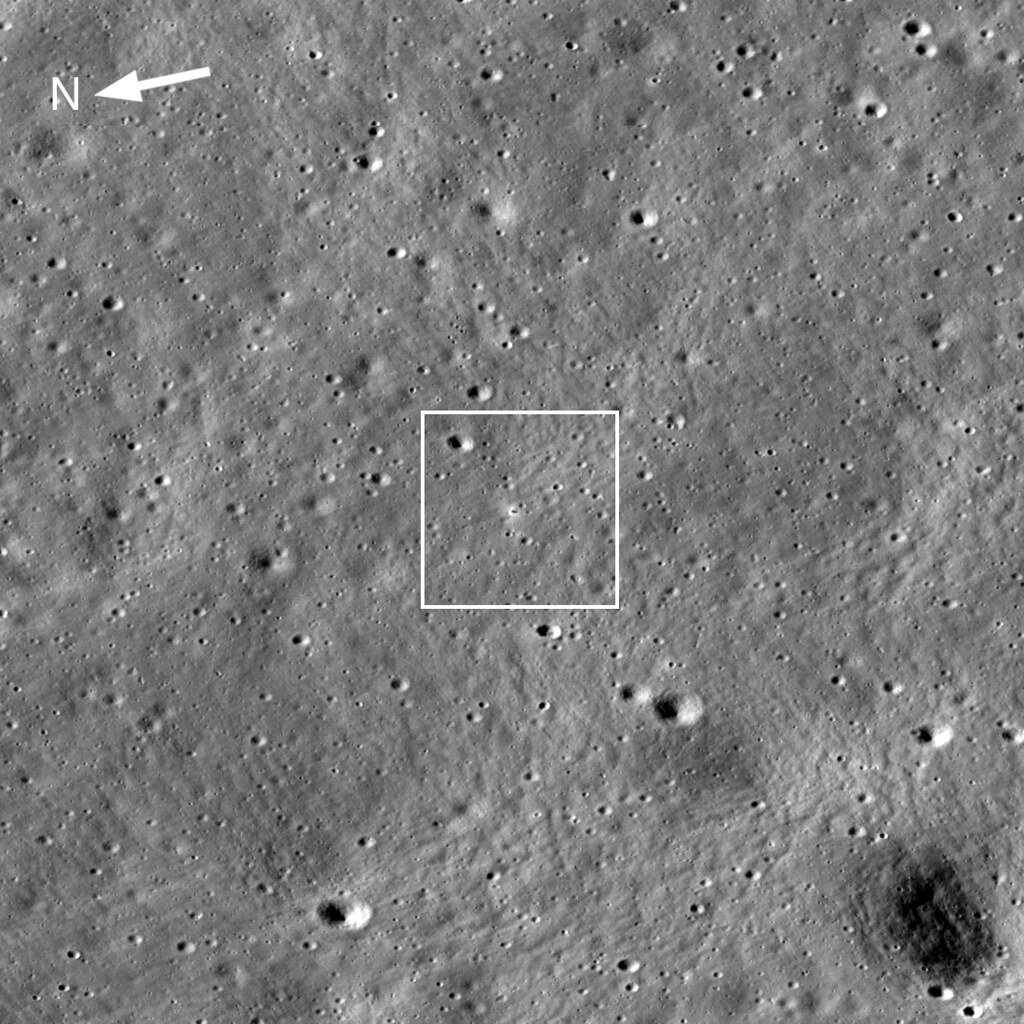In August, India celebrated a historic milestone with the successful landing of its Chandrayaan-3 spacecraft near the moon’s south pole. Prime Minister Narendra Modi proudly proclaimed that “through the hard work and talent of our scientists, India has reached the south pole of the moon, where no other country in the world has ever reached.” However, a prominent figure in China’s lunar exploration program, Ouyang Ziyuan, has disputed this claim, sparking a spirited debate among lunar scientists.
Ouyang Ziyuan, often regarded as the “founding father” of China’s lunar exploration program, voiced his disagreement with India’s assertion that their spacecraft had landed near the moon’s south pole. Ouyang, a respected cosmochemist and member of the Chinese Academy of Sciences, contended that it was inaccurate to describe the Chandrayaan-3’s landing site as being near the lunar south pole. According to him, the rover touched down at a latitude of approximately 69 degrees south, placing it within the moon’s southern hemisphere but not in what he considered the polar region, which he defined as lying between latitudes 88.5 and 90 degrees.
To understand this dispute, it’s crucial to delve into the intricacies of lunar geography. Earth’s rotational axis is tilted at an angle of around 23.5 degrees relative to the sun, which defines the southern pole as being between latitudes 66.5 and 90 degrees south. However, the moon’s axial tilt is only 1.5 degrees, resulting in a much smaller polar region. Ouyang’s argument hinged on this distinction, asserting that the Chandrayaan-3 had not landed in the lunar polar region.
The European Space Agency offered a perspective that aligned with Ouyang’s viewpoint. While acknowledging that the Chandrayaan-3 landing site was “strictly speaking not the south pole,” they highlighted the immense difficulty of landing in the actual south pole due to its location on the rim of the Shackleton crater. In contrast, NASA defined the entire polar region as spanning from 80 to 90 degrees south. Under NASA’s definition, the Chandrayaan-3 had indeed landed outside the polar region, albeit at a higher latitude than previous moon missions.
Notably, NASA’s chief, Bill Nelson, took to X (formerly known as Twitter) to congratulate the Indian Space Research Organisation on their successful “lunar south pole landing” on August 23. This choice of terminology added to the controversy.
Richard de Grijs, a professor at Macquarie University’s School of Mathematical and Physical Sciences in Sydney, joined the debate, asserting that the Chandrayaan-3’s landing site was beyond the lunar south pole region. He cited a paper published by scientists from the Physical Research Laboratory, a unit of the Indian government’s space department, which described the landing site as a “high-latitude location on the moon.” Another study from the same unit, published in the solar system journal Icarus, characterized the landing site as being in “the southern high-latitude region.”
De Grijs emphasized that while the media frequently referred to the probe’s landing site as the “polar region,” it was not within the lunar Antarctic Circle, defined as the lunar geographic region further south than 80 degrees south. He further highlighted that some years ago, tentative evidence of water ice in frozen form had been found near the moon’s south pole, much closer to the pole than the Chandrayaan-3’s location. This discovery hinted at the possibility of using water ice for a future lunar base, making the precise location of lunar landings a matter of scientific interest.
Planetary dynamicist Lee Man-hoi, from the University of Hong Kong, contributed to the discussion by noting that the Chandrayaan-3 had reached the southernmost latitude of any lander on the moon. He emphasized the Indian team’s description of the site as a “high-latitude location” and clarified that China’s Chang’e 4 had landed on the far side of the moon in the South Pole-Aitken Basin in 2019, despite its misleading name. Chang’e 4 had landed at a latitude of 45.44 degrees south, further from the south pole than the Chandrayaan-3.
Astrophysicist Quentin Parker, director of HKU’s Laboratory for Space Research, sought to bridge the gap in this semantic debate. He acknowledged that the Chandrayaan-3 had not strictly landed at the moon’s south pole but emphasized the significance of landing a rover close to this region. “The moment you land a rover close to the south pole and certainly within what’s defined as the south pole region is already a major achievement,” he remarked. Parker encouraged celebrating the scientific and technological accomplishments, highlighting the potential for future missions to surpass these achievements.
As the debate over the Chandrayaan-3’s landing location rages on, it is clear that the achievement is a testament to the remarkable progress in lunar exploration. Regardless of the specific coordinates, India’s mission has opened the door to further scientific investigations and future lunar endeavors. China is already gearing up for its own lunar south pole mission in 2026, with plans to land the Chang’e 7 rover near the Shackleton crater. Images from China’s Deep Space Exploration Laboratory suggest a targeted landing site at 88.8 degrees south, aligning with Ouyang’s definition of the polar region. The lunar south pole continues to be a focal point of lunar exploration, with countries and scientists worldwide eager to uncover its secrets and potential for future missions.
Read More:
